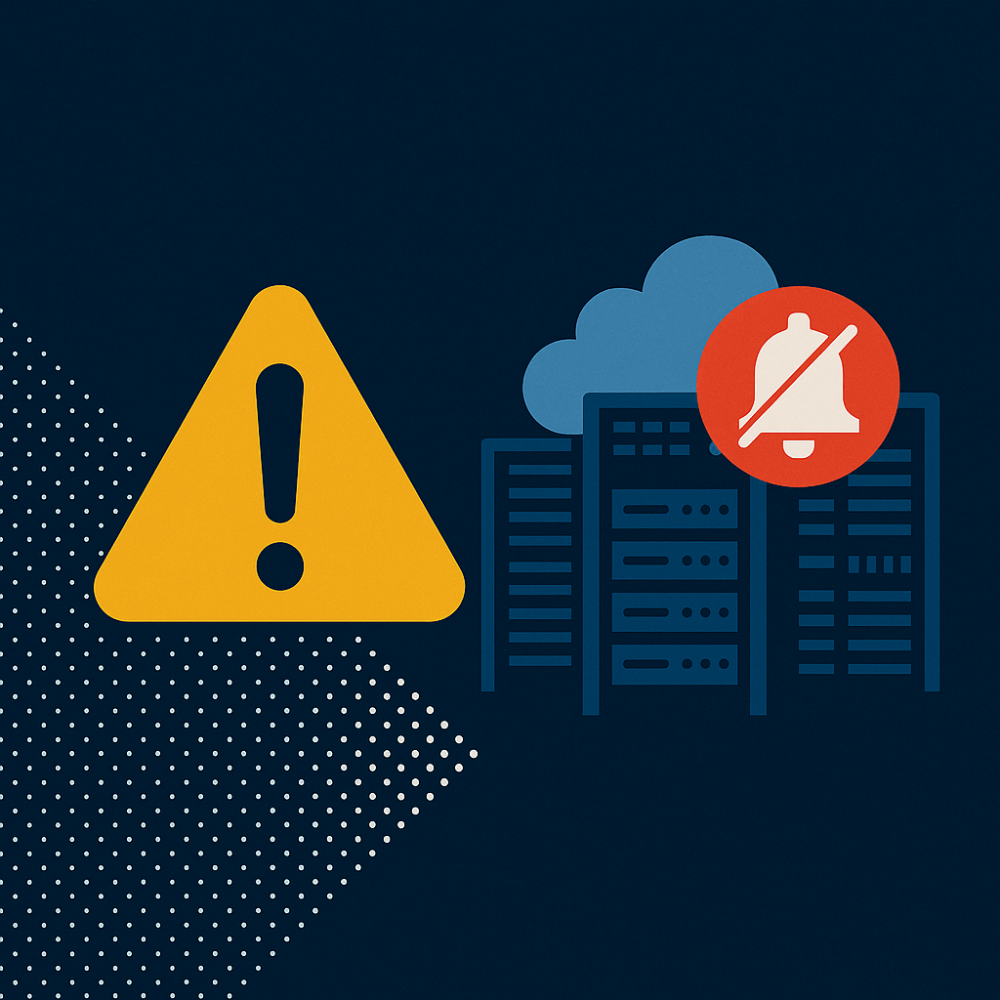Asset-intensive organizations across industries face mounting pressures to optimize asset performance while reducing costs. This challenge is especially pronounced in financial services, technology, manufacturing, utilities, and other sectors relying on critical infrastructure and capital assets. As these assets age and regulations tighten, firms need help to balance reliability, availability, regulatory compliance, risk management, and bottom-line results. That’s where asset performance management solutions play a critical role—delivering both operational excellence and cost efficiency.
Fortunately, asset performance management (APM) platform advancements offer integrated solutions to tackle these obstacles head-on. By leveraging industrial Internet of Things (IIoT) sensors, cloud computing, big data analytics, artificial intelligence, machine learning, and other innovations, modern APM solutions provide the visibility, control, prediction capabilities, and actionable intelligence senior leaders need to transform asset operations digitally.
Five Drivers for Adopting Asset Performance Management Solutions
- Aging Asset Infrastructure: If predictive maintenance practices and technologies are not implemented proactively, failure rates for aging assets surge, threatening reliability, uptime, and customer service levels.
- Budget Constraints: With tighter capex budgets, extending asset lifetimes via condition-based monitoring and predictive maintenance tech is imperative. APM optimizes maintenance and operations spending. Asset performance monitoring tools enable proactive maintenance and early detection of degradation trends. Asset performance management optimizes both CapEx and OpEx by prioritizing maintenance actions based on real-time asset condition.
- Regulatory Compliance: Expanding regulations like PCI DSS in financial services require robust tracking and detailed reporting to avoid steep non-compliance penalties.
- Innovation Interests: Forward-thinking tech companies have innate pioneering interests well-aligned with leveraging industrial IoT equipment sensors, big data analytics, machine learning, and other emerging capabilities. Their appetite for innovation positions them as early APM adopters.
- Customer Expectations in Asset-Centric Sectors: Delivering flawless reliability and availability levels through asset performance optimization techniques satisfies customer demands in financial services, SaaS/cloud computing, e-commerce, and other sectors directly dependent on always-on infrastructure availability.
Increase Asset Reliability and Availability
Without proper conditioning monitoring maintenance regiments in place, the reliability of aging equipment rapidly declines, failure rates increase, and reactive break-fix maintenance costs eventually surge. With customer-impacting downtime events and service levels at stake, the following asset performance management solutions deliver tremendous value:
- Remote Asset Performance Monitoring: Continuous tracking of asset health indicators and performance metrics enables predictive maintenance and precisely timed proactive repair workflows to reduce minor and catastrophic downtime occurrences.
- Prescriptive Analytics: By applying artificial intelligence and machine learning algorithms to accumulated asset operational data sets, APM platforms can prescribe highly optimized, reliability-centered maintenance tactics as assets age.
- Risk-Based Prioritization: Risk scoring individual assets based on criticality assessments and real-time conditions makes resource allocation more effective by focusing proactive mitigations on assets most prone to failure. This holistic approach maximizes overall availability.
- Rapid Response Enablement: Mobile apps with asset dashboards and real-time alerting paired with centralized asset data enhance cross-departmental collaboration for prompt diagnosis and service restoration during outage events.
Reduce Maintenance and Operating Costs
With increasingly stringent budgets and labor shortages across critical facilities, reducing asset maintenance and operations overhead provides welcome financial relief. Leading asset performance management solutions attack expenses on multiple fronts to rapidly yield huge savings:
- Automating maintenance work order generation and dispatch eases administrative workload. System-directed schedule optimization based on asset repair priority and resource availability also compresses costs.
- Inventory optimization analytics generate procurement insights around consumables, spare parts, and MRO (maintenance, repair and operations) supplies. This extensive data modeling dramatically reduces carrying costs by cutting excess stocks.
- Condition monitoring-enabled adjustments of preventative maintenance frequencies – facilitated by IoT sensor warning of wear levels and machine learning-driven failure probability calculations – extend intervals between overhauls. Fewer invasive repairs over asset lifetimes generate substantial cost avoidance.
- Proactively minimizing energy consumption through utility pump, compressor, and conveyor fan system real-time monitoring matched to data center, factory, and branch loading analytics significantly decreases these variable costs.

Ensure Regulatory Compliance, Governance, and Risk Reduction
In regulated market segments like financial trading, insurance, e-commerce transaction processing, health records systems, aerospace manufacturing, pharmaceutical production, and nuclear power generation, even brief infrastructure-driven application outages can trigger compliance violations with severe continuity-threatening penalties. Likewise, unaddressed cyber, process and asset equipment risks breed high-impact crises spanning financial, brand, and legal consequences. Here, as well, APM platforms wield considerable potential to mitigate these threats:
- Automated Regulatory Compliance Reporting: Pre-configured dashboards simplify compliance auditing activities by automatically generating required reports for standards like BCBS 239, PCI DSS, SOX, HIPAA, and others specific to the respective industry.
- Environment Condition Tracking: Continuous monitoring of data center temperature and humidity along with room and equipment leak detection systems reduces the chances of outages – thus compliance and SLA violations – due to environmental threats like overheating or water incursion.
- Risk Forecasting: Applying predictive data science to asset and operations data quantifies failure probability, Capacity constraints, inventory shortages, and other scenarios to feed risk registers. This advanced warning allows time to execute risk avoidance or contingency response plans. Advanced asset performance management tools incorporate this forecasting as part of integrated dashboards.
- Third-Party / Supply Chain Insights: Evaluating supplier and inventory metrics using geospatial, blockchain, political unrest, and extreme weather analytic modeling minimizes global trade, pandemics, and climate disruption-driven shortages before business continuity suffers.
Best Practices for Maximizing APM Impact
Financial services, tech, and other asset-intensive companies can emulate best practices showcased by leading manufacturers and industry peers pursuing APM operational excellence:
- Secure Executive Sponsorship: Align APM cross-functional governance with corporate performance objectives while locking in adequate operational budget, capital funding, and IT infrastructure support.
- Establish Cross-Functional Governance: Instill organization-wide asset visibility with data transparency by creating asset management committees spanning critical departments – risk, compliance, IT, finance, and operations. Develop unified reliability-centered and predictive maintenance strategies across silos.
- Implement Change Management: Given the pervasive workflows and job responsibility impacts associated with technology modernization efforts, lightweight frameworks help smooth APM transformations spanning culture shifts, automated job reductions, and new skill requirements.
- Promote Process and Data Integration: Break down data silos by integrating predictive maintenance insights directly into day-to-day work order planning, energy management, and inventory replenishment processes rather than having analytics operate in isolation.
Advanced asset performance management platforms leveraging industrial IoT equipment sensors, cloud analytics, and AI provide unprecedented visibility into operational risk and resilience. This enables organizations to execute smarter strategies for reliability, cost control, and compliance through real-time asset performance monitoring.
Equipped with this future-facing command center granting comprehensive visibility into asset and infrastructure performance enterprise-wide, financial services, technology, manufacturing, and other asset-centric business leaders can optimize reliability, availability, costs, risks, compliance, and more even within constrained budgets. The dividends, as highlighted here, speak volumes.



